
Take a mass transit system that ran down to zero and is now being rebuilt from scratch versus a growing population and infrastructure that needs revamping and modernizing. And what you have is a real daily struggle for commuters. But long queues, buses with no timetable and sometimes don’t come at all, traffic jams and other impediments are just challenges to get through when you must go out and earn your living.
Challenges that commuters face
• Sometimes there is disruption in the public transport system due to contractors striking for late payments or when there are fuel shortages
• The fleet numbers are inadequate to meet demand
• Long queues at peak hour
• When it rains, private and illegal operators can double fares without notice
• Traffic jams can hold up motorized vehicles for more than an hour
The government has made some effort to address the problem:

But this is not adequate with populations of over 6 million in the urban and peri-urban areas needing to go to work, school and access services.
So not surprisingly, people are finding ways of coping. In this article we look at 5 of them:
1. Buy a car
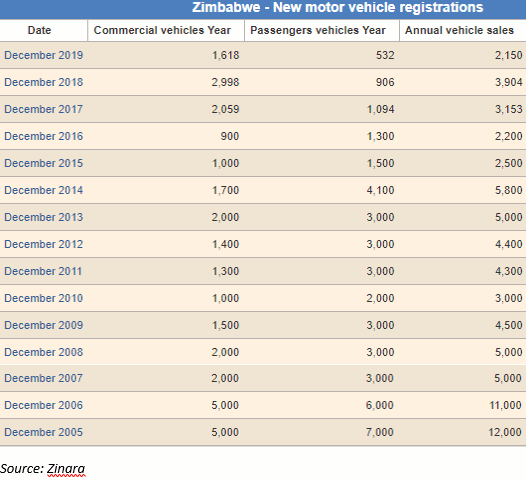
The first vehicle was introduced in the then Rhodesia by Charles Duly in 1902. Just as the Duly’s has grown with the decades, so has vehicle ownership increased in the country. 2014 Zimbabwe National Road Administration (ZINARA) statistics put Zimbabwe vehicle population at over 1.2 million. In September 2021, Minister of Local Government, Public Works and National Housing July put Harare vehicle population at over 1,5million daily users.
Unverified estimates put less than 3000 vehicles being owned by the black majority prior to Independence in 1980 with the majority of those being third and fourth hand ramshackle junks that whites- who could afford better- would have gotten rid of as almost junk.
Today it is believed that the per capita ratio of vehicle ownership is still firmly in the favor of the white population but the rates have greatly improved among blacks considerably.
But Zimbabwe is a country with low salaries, very limited local vehicle assembly capacity and a ban on importing used cars that are older than 10 years.
Add high maintenance costs driven by imported parts and soaring fuel prices and it is clear why this dream is not for the large numbers who are struggling to just put one meal a day on the table.
2. Bicycles
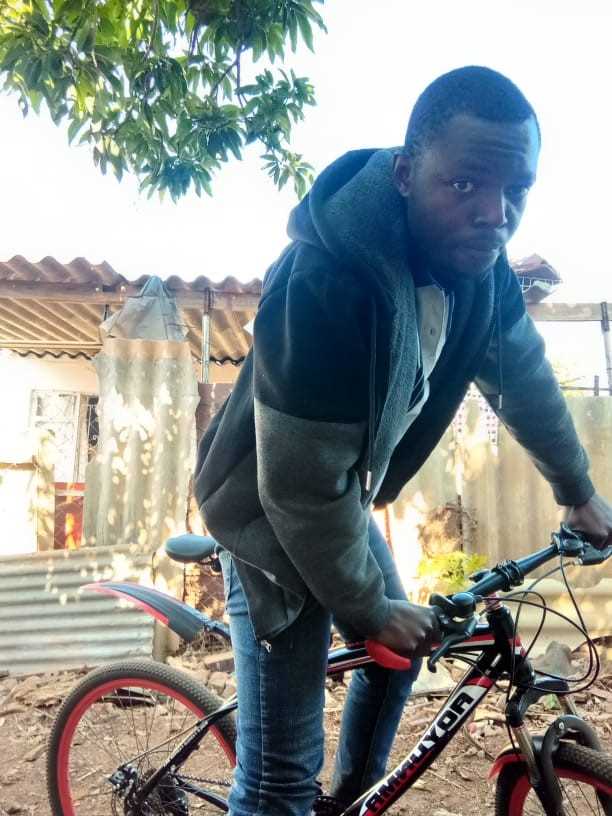
The first bicycle was introduced in the country in 1894, by Charles Duly after he cycled from Johannesburg to Bulawayo in ten days.
Probably the cheapest mode of transport available in Zimbabwe today, owning a bicycle in Zimbabwe today is a form of freedom and pleasure.
"My bike to me is a thing of joy. It carries me from home in the morning to my workplace in the Harare Central Business District on time every day," says Elias Mamvura, a 27 year old Kambuzuma resident. Mamvura is a driver at a beverage distribution company in Harare. Kambuzuma is about 15 kilometers west of the Central Business District.
Before saving up to buy a bicycle, Elias was frustrated all the time by his daily commute. 06:00 hrs saw him arriving at the local bus stop to catch the first bus. But, he would wait for more than 30 minutes in the long queue and at times the bus was late or the queue too long meaning he was regularly late to report for duty thus getting pay cuts he could not afford.
He represents many people who are cycling to work as public transport in Zimbabwe to counter cost and inefficiency of the mass transit system.
"While it was not easy to save up enough to buy a bike, the cycling is cheaper, fast and efficient," he said.
While cycling has given Mamvura freedom and agency over his movements, this option is not for everyone.
One needs to be in reasonable state of physical fitness to cycle long distances daily. While Zimbabwe has a beautiful tropical climate, there can be days of inclement weather such as heavy rains and cold days.
Another problem is the lack of dedicated cycling tracks on many roads. This exposes cyclists to danger from undisciplined drivers.
For women especially, personal security concerns make cycling an unattractive option. Roxette Mombeshora of Warren Park 1 (23) says she would rather take her chances with public transport rather than risk cycling.
“I work as till operator in a supermarket. That means that my shifts usually involve very early or late hours. So cycling is out for me because being alone along deserted roads is just asking to be mugged, raped or worse. Especially when criminals can study your movements and know exactly when and where to ambush you.”
Related Stories
Mamvura said, the government must establish cycle tracks so as to reduce accidents as many people are cycling to work.
A recent study by Deloitte, one of the largest consulting firms in the world has highlighted that bicycles will play an important role especially in cities due to population growth versus transport.
The report predicted that the number of people who bike to work will double in many major cities around the world by 2022. The population growth cuts across the world and Africa is not spared.
Zimbabwe's population is projected to grow from 13.1 million in 2012 to 19.3 million in 2032 according to ZIMSTAT.
3. Dicing with death on pirate taxis, mushikashika
"I am supposed to be at work at 6am. This is the time many ZUPCO buses will be departing from deports to various suburbs around Harare. The 5am bus is not reliable therefore I use pirate taxis," he says.
The pirate taxis, more commonly known as mushikashika in local lingo, have become a byword for dangerous driving. Abruptly cutting in front of other drives, hooting and flashing hazard lights while blatantly forcing oncoming traffic out of its rightful space are just two scary examples. But the worst is ignoring traffic police instruction which had has led to deaths of police officers and commuters.
In addition, there have been a spike of people being robbed, injured and even killed by criminals posing as illegal transport operators over the past few years.
Tinei says he is aware of the risk but he has no choice. Together with other early morning commuters, Tinei tries to only ride on vehicles whose drivers he recognizes and to ride with people that he sees daily.
Priscilla Kamurira, a woman who lives in Warren Park says that opening up the market to all players is better for the commuters.
"Privately owned commuter omnibuses are fast and reliable although they overcharge passengers," she said.
4. Walking the old fashioned way
“I now only rent accommodation in places near town like Mbare. While the rentals are higher than places like Chitungwiza and Epworth, I save on transport. You can usually get something for USD fifty cents even at peak hour. But when I am not in a rush, I walk,” said a female vendor (19) who did not want to be identified. She sells illegal pharmaceuticals in the CBD and says on some days sales may be none-existent or very low so the option of walking is a good one.
Many medical reports says that walking regularly is good for one’s health and can save on hospital bills- a real plus with the ever rising cost of health care.
But as with everything else, this is not for everyone. Health impediments like physical disability and conditions such as obesity limits those who can commute by walking on a sustainable basis. The same personal security concerns that prohibit cycling are even more pronounced for walkers.
And of course there is the fashion aspect. Some shoes for both men and women, are just not designed for pounding pavements daily.
5. Local ride sharing and dedicated group transport
Ride sharing and cheaper options to taxis exist in the form of local Uber options. Vaya and Taxify are good examples of this. But it is still expensive and not for the masses.
Some institutions provide dedicated commuting for their workers. Many private schools also have transportation options with some offering door to door pick up and drop off services.
Government, the biggest employer has so far acquired 108 buses to ferry their workers to and fro work.
While the above is good, the majority of the work force is in the informal sector and needs a viable mass transit system.
Possible solutions suggested by various experts to transport challenges:
• Removing subsidies
• Commercialising Zupco operations
• Allowing regulated private players
• Launch a cycle promotion campaign backed with requisite infrastructure development
• Special concessions for assembly plant to supply local and regional market
• Attractive packages for car manufacturers to build continent serving hubs in the country

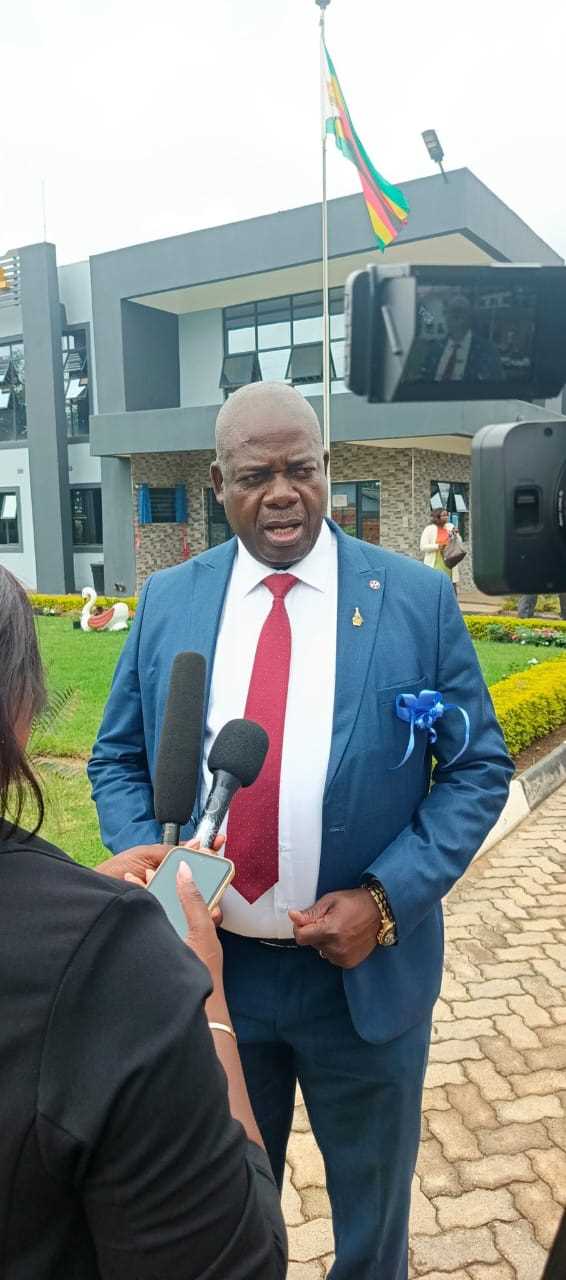
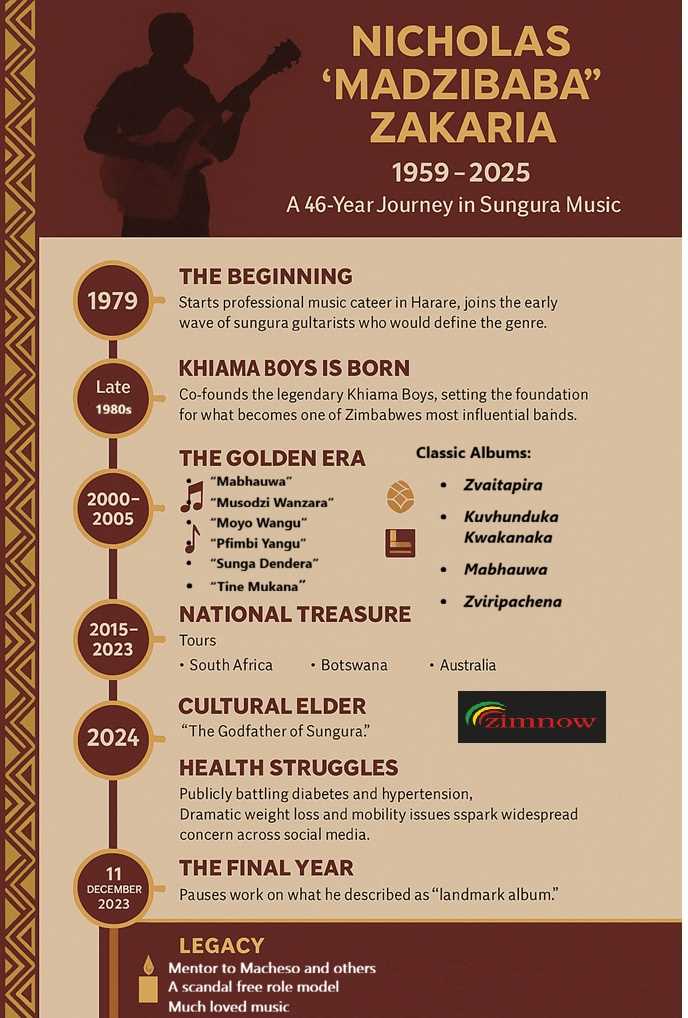


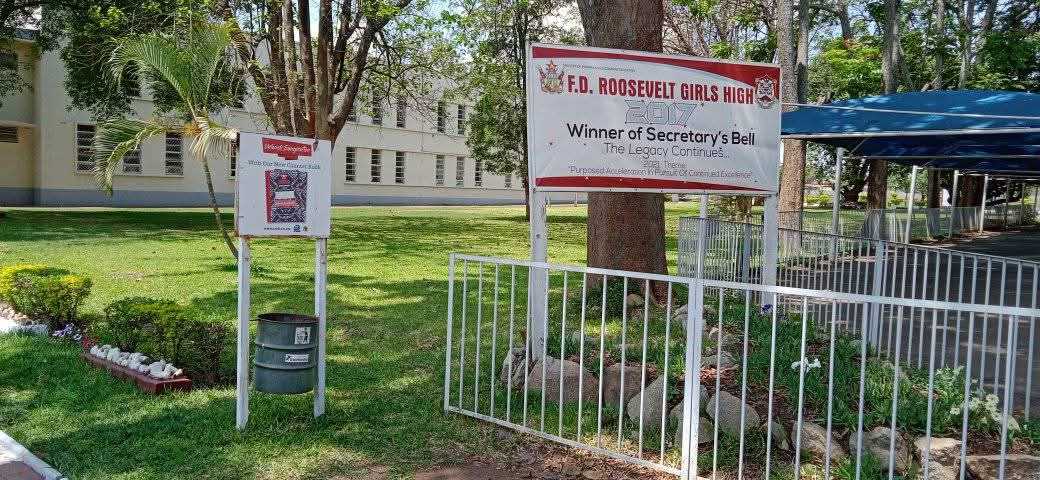











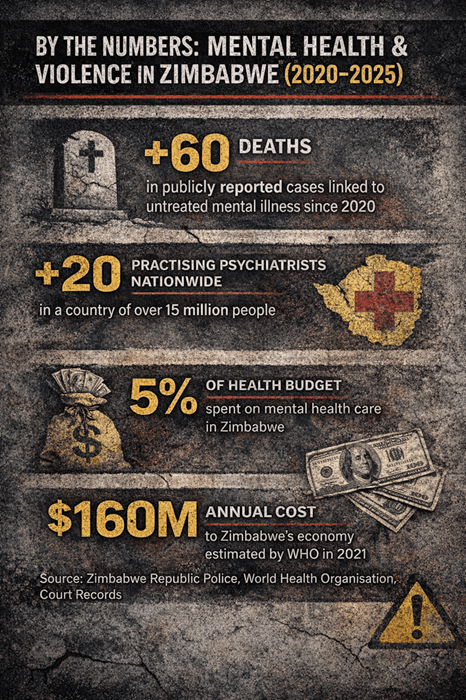


Leave Comments